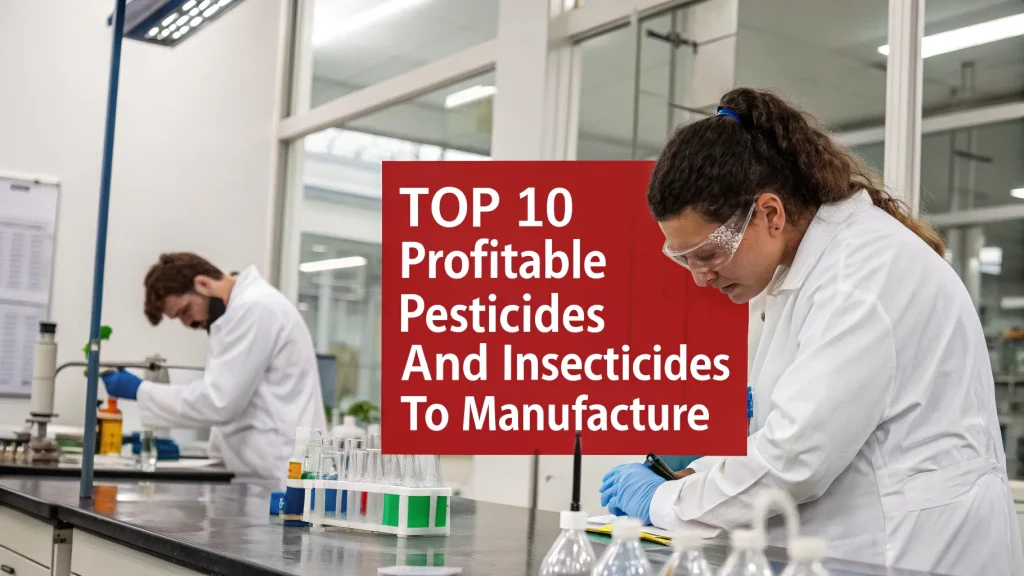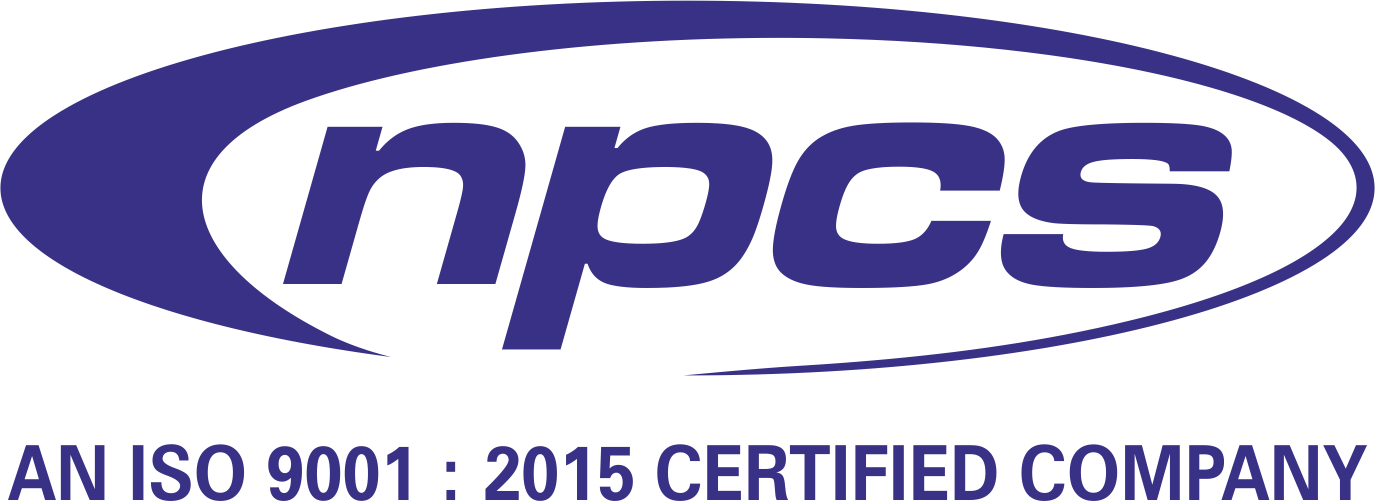The biofuel, ethanol and bioenergy based products sector in India is gaining strong momentum as the nation strives toward a cleaner, more sustainable future. With rising concerns over fossil fuel dependency, climate change, and carbon emissions, bioenergy presents a practical and scalable alternative. India, being an agrarian economy, has abundant feedstock such as crop residues, sugarcane, and biomass — making it a natural hub for the development of biofuels and bio-based energy solutions.
By 2030, India aims to meet 20% of its petrol requirement through ethanol blending, which will reduce import dependence, lower greenhouse gas emissions, and boost farmer incomes.
Related Books: Biotechnology
India’s Biofuel and Bioenergy Landscape
India’s bioenergy sector is primarily focused on four main categories: bioethanol, biodiesel, compressed biogas (CBG), and biomass-based electricity generation. These clean fuels are derived from biological waste and renewable organic materials, offering a circular economy model.
Key Statistics (as of 2024):
-
Ethanol blending in petrol: 12% (targeting 20% by 2025)
-
Total ethanol production: approx. 500 crore litres/year
-
Potential employment: Over 1 million jobs in rural areas
-
Estimated market value: Over USD 15 billion by 2025
1. Ethanol: The Backbone of India’s Biofuel Revolution
Ethanol is a type of alcohol derived mainly from sugarcane, corn, broken rice, and agricultural waste. The Ethanol Blending Programme (EBP) launched by the Government of India aims to promote the use of ethanol in transport fuel.
Benefits of Ethanol:
-
Reduces dependency on imported crude oil
-
Lowers carbon monoxide and other harmful emissions
-
Increases farm income via higher demand for sugarcane, rice, and maize
-
Creates rural job opportunities
Key Players:
-
Indian Oil Corporation (IOC)
-
Bharat Petroleum (BPCL)
-
Praj Industries
-
Renuka Sugars
Government Support:
-
Price support for ethanol procurement from sugar mills
-
Soft loans and interest subsidies for ethanol plant setup
-
Flex-fuel vehicle policies in the pipeline
2. Biodiesel: Fuel from Waste Oil and Seeds
Biodiesel is produced from non-edible oil seeds (like jatropha, pongamia) and used cooking oils. Unlike ethanol, it is blended with diesel and used in commercial vehicles and railways.
Key Applications:
-
Long-haul transport fleets
-
Railways
-
Agricultural tractors
-
Generators
Challenges:
-
Lack of organized collection system for waste oil
-
Feedstock supply chain constraints
-
High processing costs
However, startups and MSMEs are now entering biodiesel production due to increasing government mandates and environmental compliance requirements for industries.
3. Compressed Biogas (CBG): Turning Waste to Wealth
CBG, also known as bio-CNG, is a purified form of biogas produced from cow dung, sewage, food waste, and agri-residues. It has calorific value similar to CNG and can be used as an automotive and industrial fuel.
SATAT Scheme:
The Sustainable Alternative Towards Affordable Transportation (SATAT) scheme promotes CBG Bioenergy Based Products production and distribution through public-private partnerships.
Benefits:
-
Efficient waste management
-
Replaces fossil CNG
-
Generates organic manure as byproduct
-
Reduces methane emissions
Major Use Cases:
-
CNG vehicles
-
Fertilizer blending
-
Industrial heating
4. Bioenergy Products Beyond Fuel
The bioenergy sector doesn’t just stop at fuel. It extends into products and applications that promote green living and energy efficiency.
a. Biochar
Produced via pyrolysis of biomass, used as a soil conditioner and carbon sink.
b. Pellets and Briquettes
Densified biomass for use in industrial boilers and cookstoves.
c. Bioethanol Gel
Used as a smokeless, safe indoor cooking fuel.
d. Organic Fertilizer
By-products of ethanol and biogas plants are processed into eco-friendly fertilizers.
e. Bioplastics
Made from corn starch and sugarcane bagasse, these are fully biodegradable alternatives to plastic.
5. Feedstock Sources for India’s Bioenergy Sector
India’s vast agriculture and food processing system produces a massive amount of residue, much of which goes to waste or is burned.
| Feedstock Type | Source Example |
|---|---|
| Sugarcane Molasses | Sugar mills |
| Rice/Wheat Straw | Harvest residue |
| Corn, Maize | Excess produce from farmers |
| Fruit & Vegetable Waste | Mandis and food processing units |
| Cattle Dung | Dairy farms and gaushalas |
| Used Cooking Oil | Hotels, restaurants, households |
Promoting the use of such waste materials aligns with both Swachh Bharat and Atmanirbhar Bharat initiatives.
6. Government Initiatives Boosting Bioenergy Growth
India’s policy ecosystem is strongly aligned to promote biofuels and bioenergy technologies:
a. National Bio-Energy Mission
Aims to enhance renewable energy share, support innovation, and promote off-grid bioenergy projects.
b. Ethanol Blending Programme (EBP)
Mandatory blending targets for OMCs (Oil Marketing Companies) and incentives for ethanol producers.
c. SATAT Scheme
Targets setting up 5,000 CBG plants by 2026, with assured gas purchase by PSU oil companies.
d. Viability Gap Funding
Available for second-generation ethanol and biomass gasification plants.
7. Business Opportunities in Biofuel and Bioenergy Sector
Entrepreneurs, startups, and investors can explore multiple high-potential opportunities:
-
Ethanol production plants (1G & 2G)
-
CBG units using municipal and agri-waste
-
Biodiesel from used cooking oil
-
Pellet and briquette manufacturing
-
Supply chain management of bio-feedstock
-
Bioplastic and green packaging production
-
Carbon credit and waste offset consultancy
With a capital investment of ?1–5 crore, an ethanol or CBG plant can generate stable revenue and qualify for multiple government subsidies and carbon credits.
8. Challenges in the Bioenergy Sector
Despite its promise, the industry faces a few key challenges:
-
High initial setup costs
-
Delays in policy implementation and subsidy disbursal
-
Inconsistent feedstock availability and quality
-
Limited awareness and training in rural regions
-
Resistance from traditional fossil fuel industries
However, innovation, PPP models, and local collaborations are helping overcome these hurdles.
Conclusion
The future of biofuel, ethanol and bioenergy based products in India is bright and backed by a strong policy framework, robust demand, and abundant resources. As the country pushes toward energy independence and sustainability, bioenergy offers a win-win solution — reducing pollution, empowering rural economies, and creating green jobs.
Whether you’re a policymaker, business owner, farmer, or environmentalist, contributing to the bioenergy movement is both a profitable and purposeful step in shaping India’s green future.
Related Projects:
See More Links
- Start a Business in Asia
- Start a Business in Potential Countries for Doing Business
- Best Industry for Doing Business
- Business Ideas with Low, Medium & High Investment
- Looking for Most Demandable Business Ideas for Startups
- Start a Business in Africa
- Start a Business in India
- Start a Business in Middle East
- Related Videos
- Related Books
- Related Projects
- Related Market Research Reports
NIIR PROJECT CONSULTANCY SERVICES, DELHI
An ISO 9001:2015 Company
ENTREPRENEUR INDIA
106-E, Kamla Nagar, Opp. Mall ST,
New Delhi-110007, India.
Email: npcs.ei@gmail.com
Tel: +91-11-23843955, 23845654, 23845886
Mobile: +91-9097075054, 8800733955
Website: https://www.entrepreneurindia.co
https://www.niir.org





